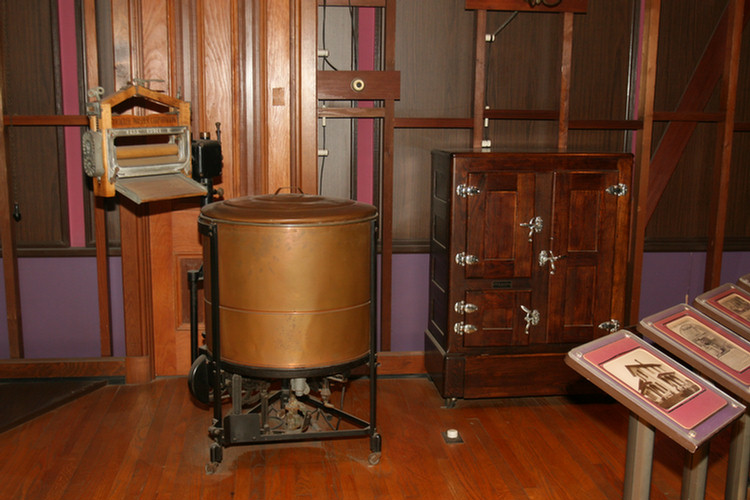Los Angeles Natural History Museum Is For The Birds
Museum Page One - Museum Page Two - Museum Page Three - Museum Page Four
The museum is made up of several "Halls" and one special area is the "Hall Of Birds"
Hall Of Birds

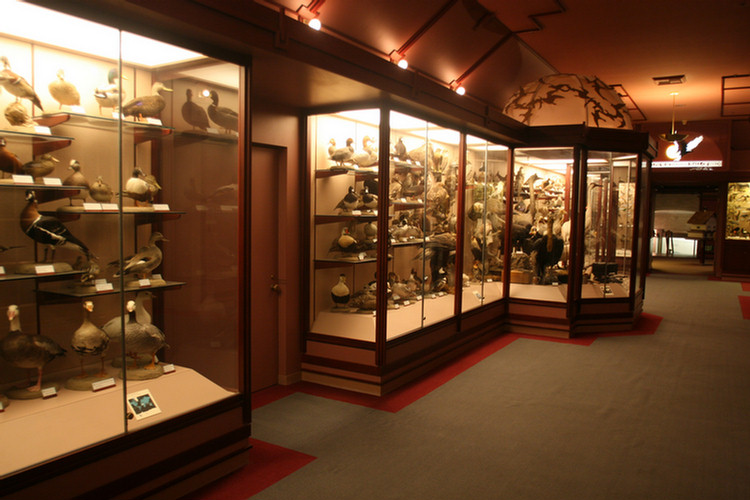
Display cases were amazing
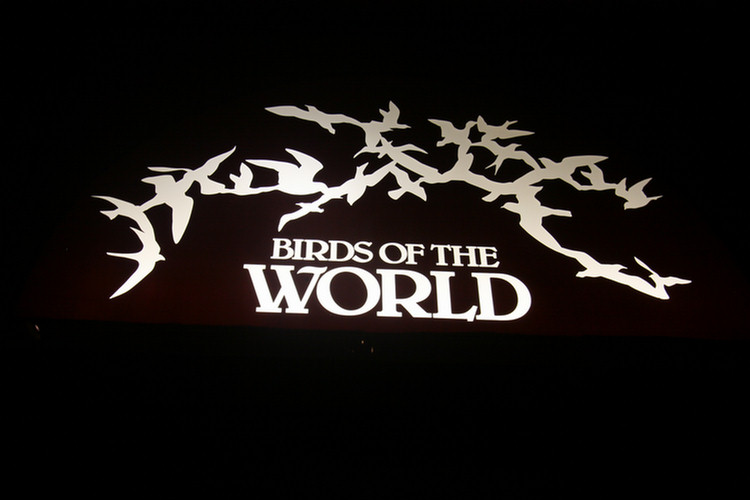
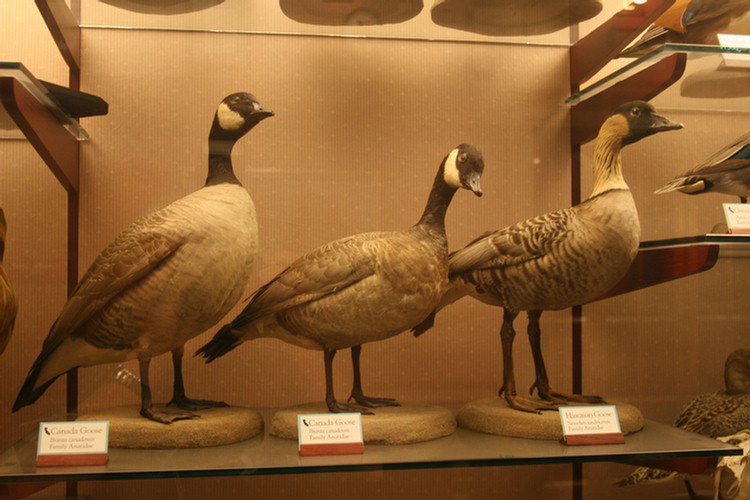
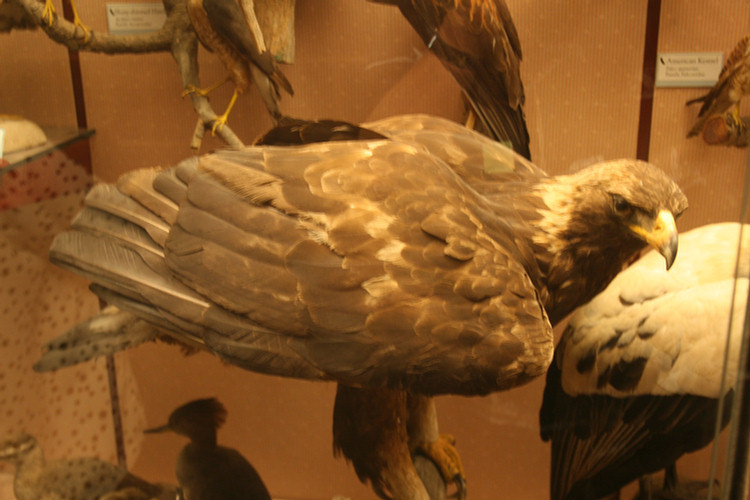
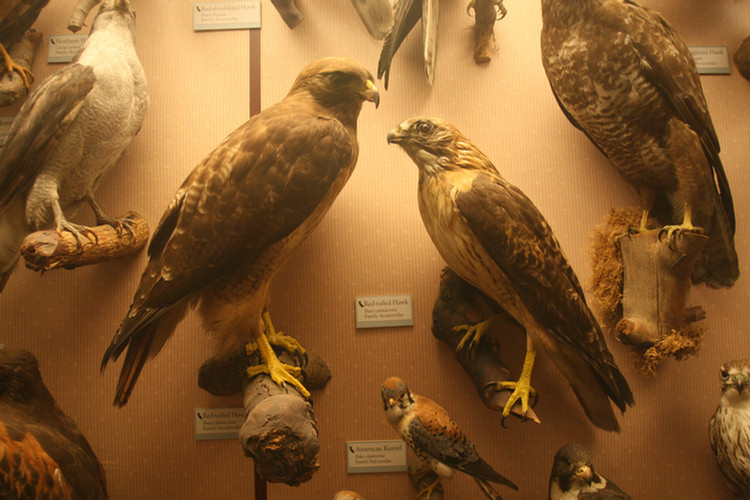
Redtailed Hawks like those at Old Ranch
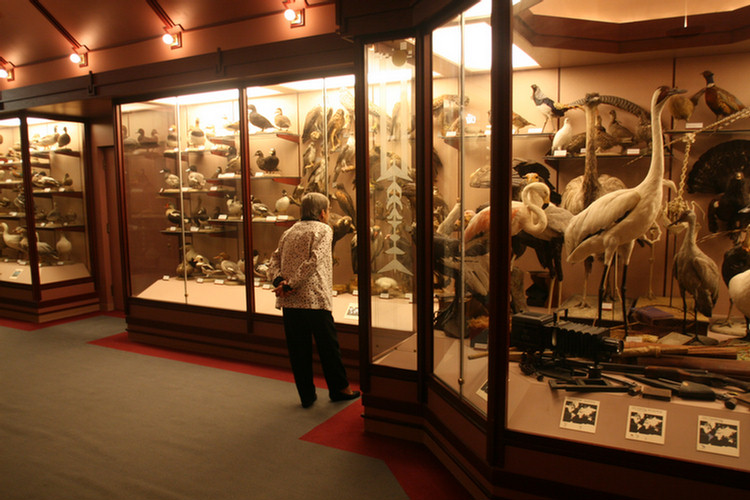



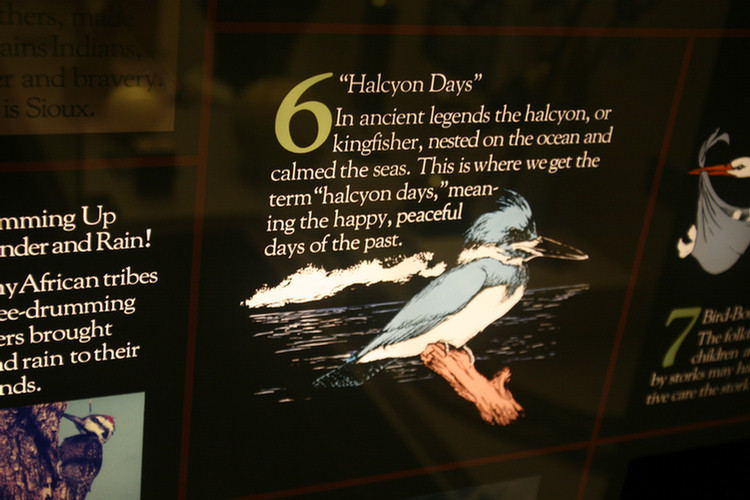
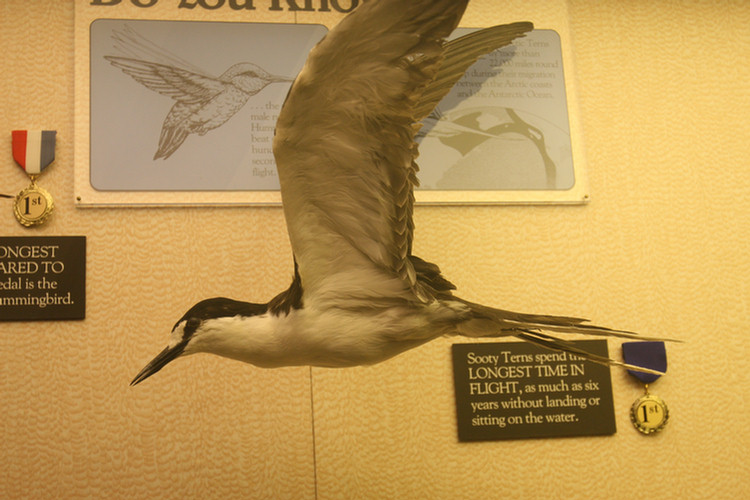
Six years in the air without rest???
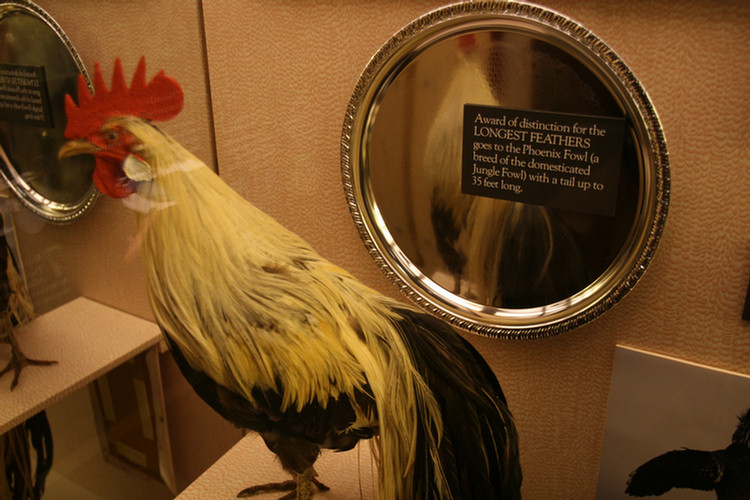
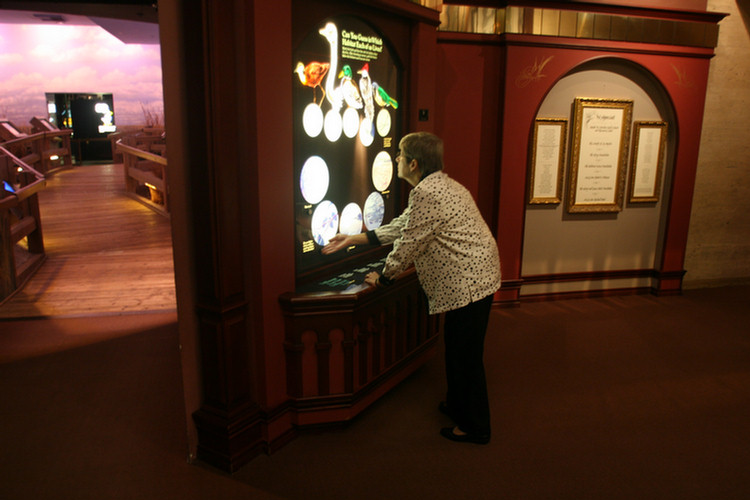
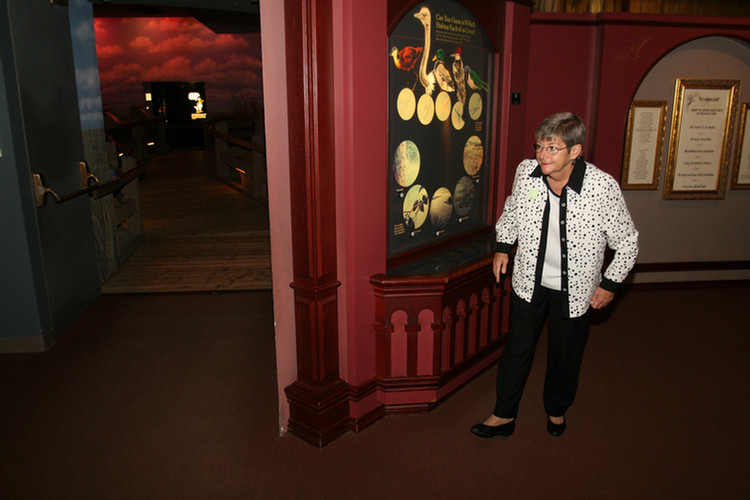
Let's Visit The Marsh
Did you know? - In geography, a marsh, or morass, is a type of wetland which is subject to frequent or continuous flood. Typically the water is shallow and features grasses, rushes, reeds, typhas, sedges, and other herbaceous plants. Woody plants will be low-growing shrubs. A marsh is different from a swamp, which has a greater proportion of open water surface and may be deeper than a marsh. In North America, the term "swamp" is used for wetland dominated by trees rather than grasses and low herbs.
The water of a marsh can be fresh (freshwater marsh), brackish (brackish marsh), or saline (salt marsh).
Coastal marshes may be associated with estuaries, and are also along waterways between coastal barrier islands and the inner coast. The estuarine marsh, or tidal marsh, is often based on soils consisting of sandy bottoms or bay muds. An example is the Tantramar Marsh of eastern Canada.
Marshes are critically important wildlife habitat, often serving as breeding grounds for a wide variety of animal life, particularly including ducks and geese.
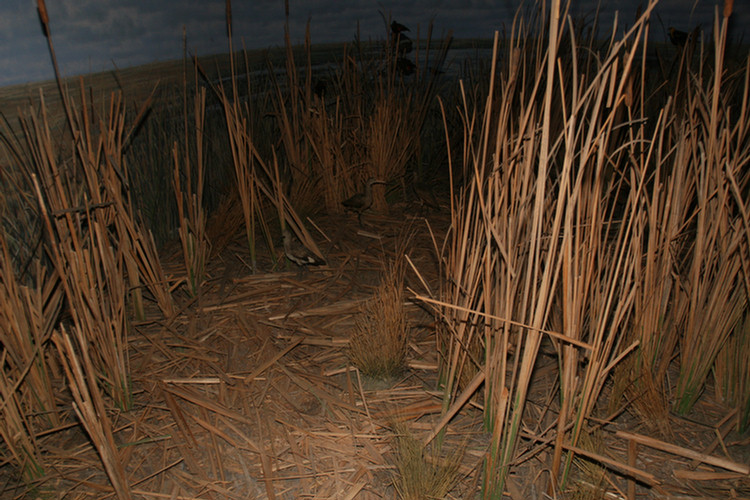

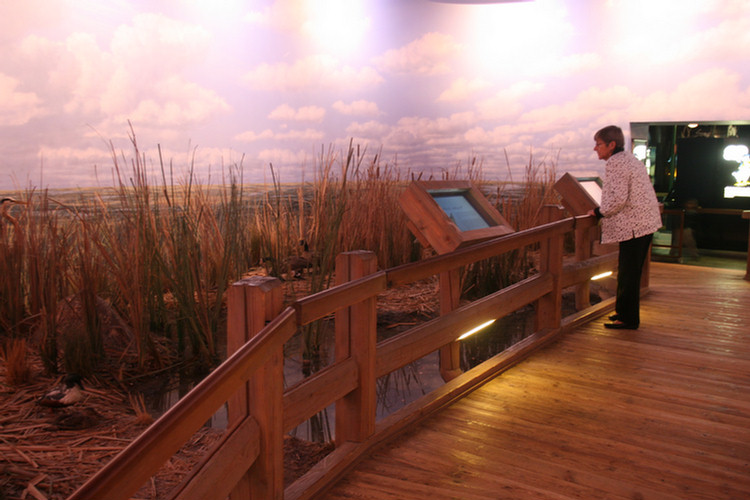
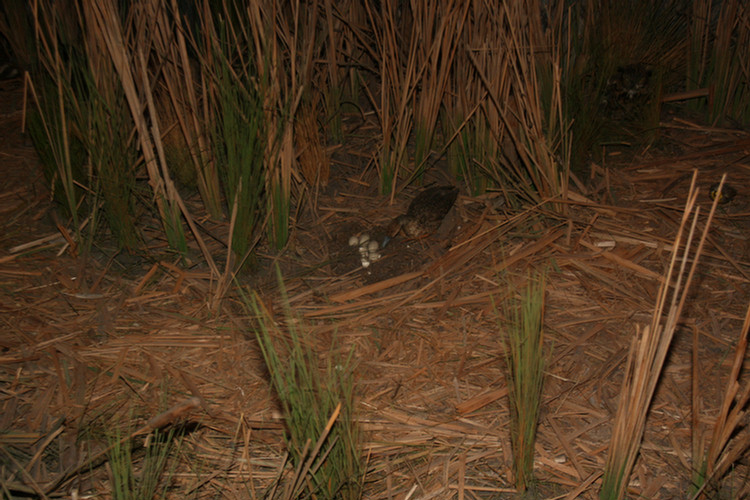
The Interactive Displays Were Fantastic

Did you know? - The bird skeleton is highly adapted for flight. It is extremely lightweight but strong enough to withstand the stresses of taking off, flying, and landing. One key adaptation is the fusing of bones into single ossifications, such as the pygostyle. Because of this, birds usually have a smaller number of bones than other terrestrial vertebrates. Birds also lack teeth or even a true jaw, instead having evolved a beak, which is far more lightweight. The beaks of many baby birds have a projection called an egg tooth, which facilitates their exit from the amniotic egg.
Birds have many bones that are hollow with criss-crossing struts or trusses for structural strength. The number of hollow bones varies among species, though large gliding and soaring birds tend to have the most. Respiratory air sacs often form air pockets within the semi-hollow bones of the bird's skeleton. Some flightless birds like penguins and ostriches have only solid bones, further evidencing the link between flight and the adaptation of hollow bones.

Step right up!
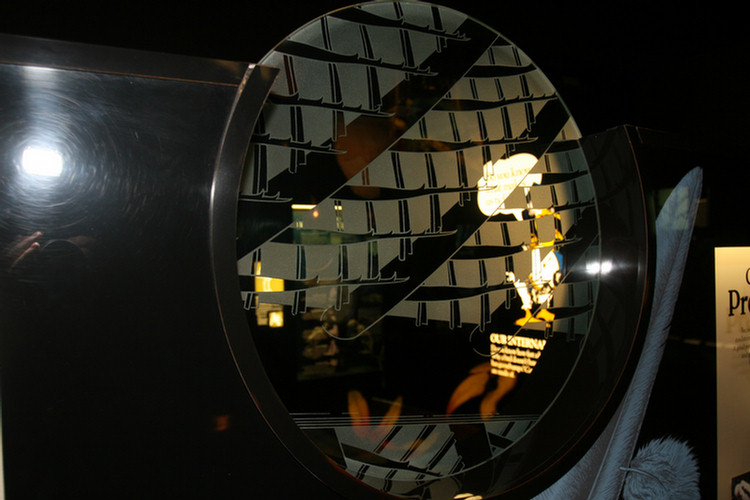
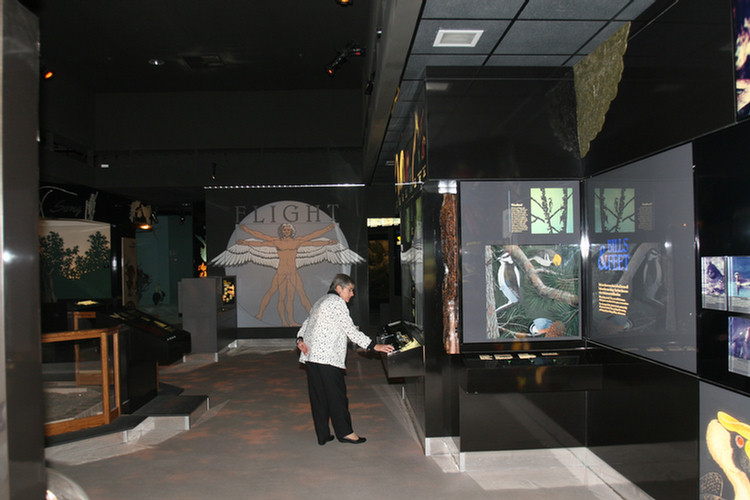
Many interactive displays
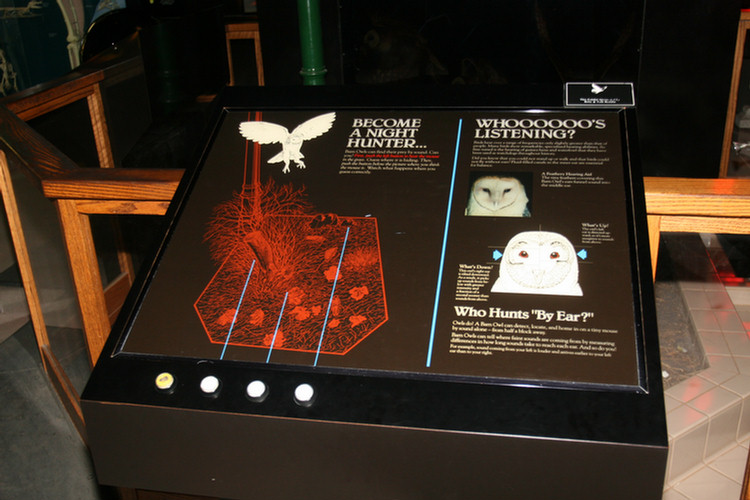
Amazing ears!
Did you know? - An owl's hearing is as good – if not better – than its vision; they have better depth perception[citation needed] and better perception of sound elevation (up-down direction) than humans. This is due to owl ears not being placed in the same position on either side of their head: the right ear is typically set higher in the skull and at a slightly different angle. By tilting or turning its head until the sound is the same in each ear, an owl can pinpoint both the horizontal and vertical direction of a sound.
These birds hunt at night by waiting on a high perch and swooping down on prey. Prey is varied. Predominantly small to medium-sized mammals such as hares, rabbits, racoons, rats, squirrels, mice, moles, voles, marmots, shrews, bats, armadillos, weasels and gerbils. It's even a natural predator of porcupines and skunks (like most birds it has poor sense of smell).
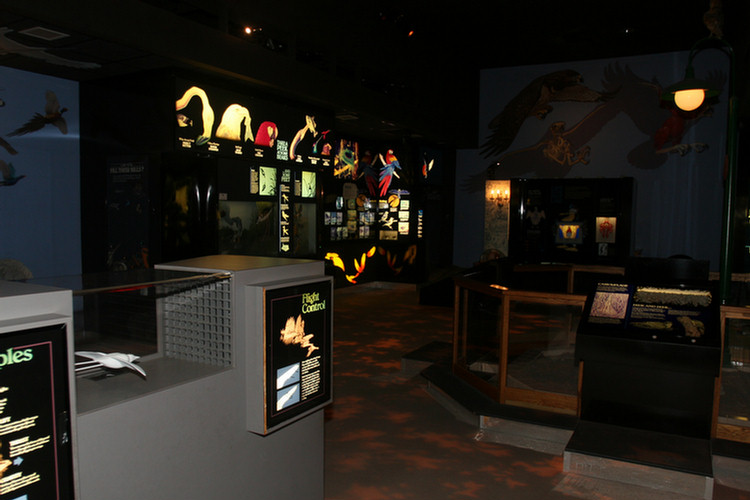

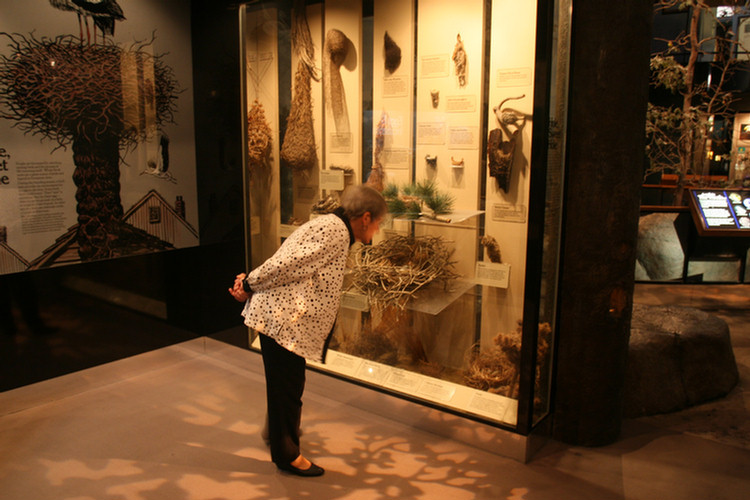
Nests
Did you know? - A bird nest is the spot in which a bird lays and incubates its eggs and raises its young. Although the term is popular in reference to a specific structure made by the bird itself—such as the grassy cup nest of the American Robin or Eurasian Blackbird, or the elaborately woven hanging nest of the Montezuma Oropendola, the Village Weaver or the Red-browed Pardalote—that is too restrictive a definition. For some species, a nest is simply a shallow depression made in sand; for others, it is the knot-hole left by a broken branch, a burrow dug into the ground, a chamber drilled into a tree, an enormous rotting pile of vegetation and earth, or a mud dome with an entrance tunnel. Some species of cave swiftlets of the genus Collocalia make their nests entirely from their saliva, which dries and hardens to form a bracket on the cave wall into which the birds lay their eggs. The smallest bird nests are those of some hummingbirds, tiny cups which can be a mere 2 cm (less than one inch) across and 2–3 cm (about one inch) high.[1] At the other extreme, some nest mounds built by the Dusky Scrubfowl measure more than 11 m (34 ft) in diameter and stand nearly 5 m (15 ft) tall.

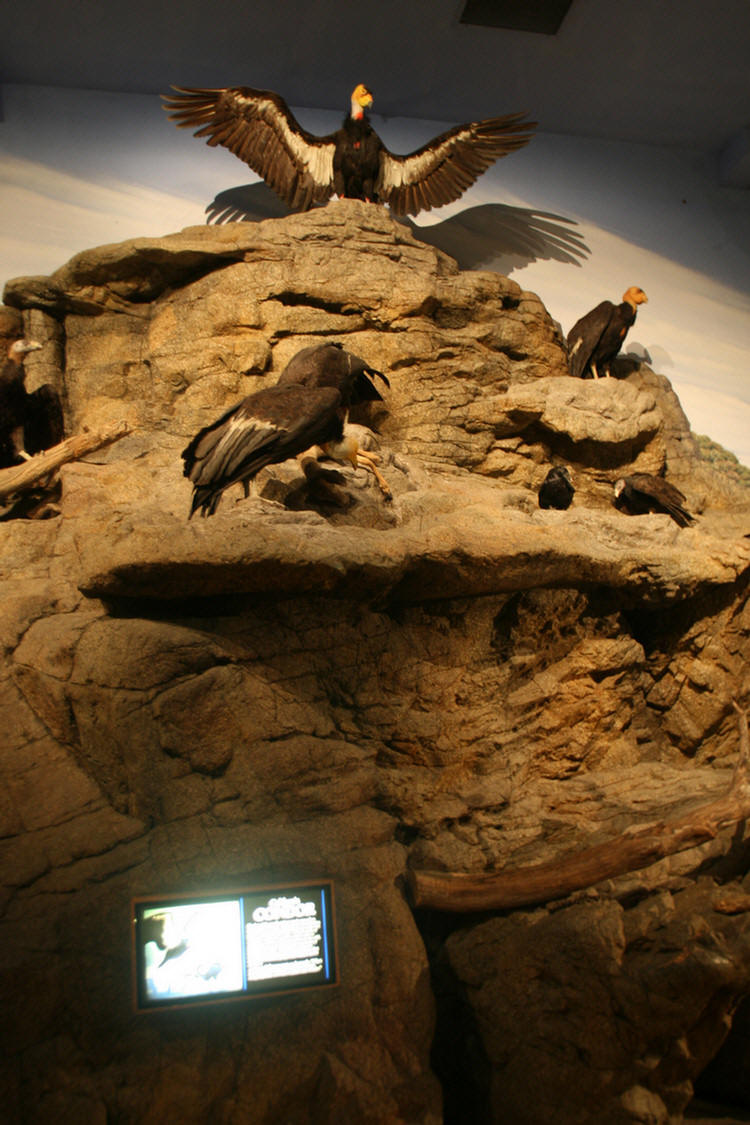
California Condor
Did you know? - The adult plumage is uniformly black, with the exception of a frill of white feathers nearly surrounding the base of the neck and are meticulously kept clean by the bird. As an adaptation for hygiene, the condor's head and neck have few feathers, which exposes the skin to the sterilizing effects of dehydration and solar ultraviolet light at high altitudes. The head is much flattened above. In the male it is crowned with a caruncle or comb, while the skin of the neck in the male lies in folds, forming a wattle. The skin of the head and neck is capable of flushing noticeably in response to emotional state, which serves to communicate between individuals.
The middle toe is greatly elongated, and the hinder one but slightly developed, while the talons of all the toes are comparatively straight and blunt. The feet are thus more adapted to walking as in their relatives the storks, and of little use as weapons or organs of prehension as in birds of prey and Old World vultures. The female, contrary to the usual rule among birds of prey, is smaller than the male.
Although it is on average about five cm shorter from beak to tail than the California Condor, the Andean Condor is larger in wingspan, which ranges from 274 to 310 cm (9 to 10 ft).[1] It is also heavier, reaching up to 11 to 15 kg (24 to 33 lb) for males and 7.5 to 11 kg (16 to 24 lb) for females.[2] Overall length can range from 117 to 135 cm (46 to 53 in.).[3] Measurements are usually taken from specimens reared in captivity.
California Condors' wingspan measures up to 2.9 m (9.5 ft), and they can weigh up to 10.4 kg (23 lb). The skin on the necks will vary in color, depending on the age of the birds. Adult birds' skin color can range from cream, pink, yellow, or even orange during breeding season.

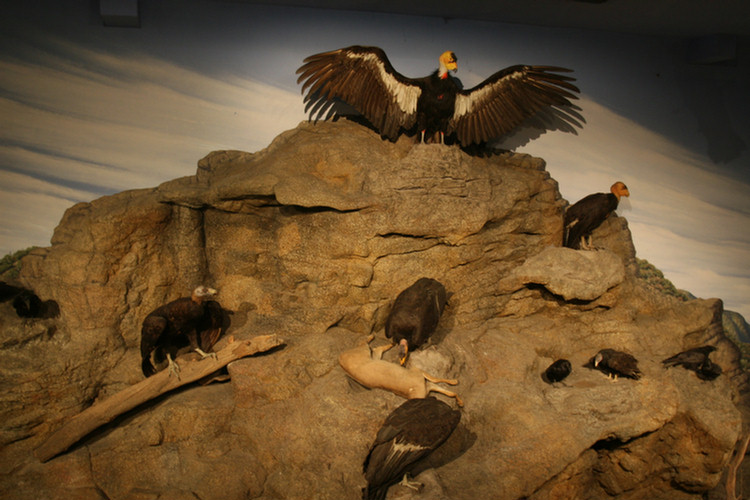
They eat anything
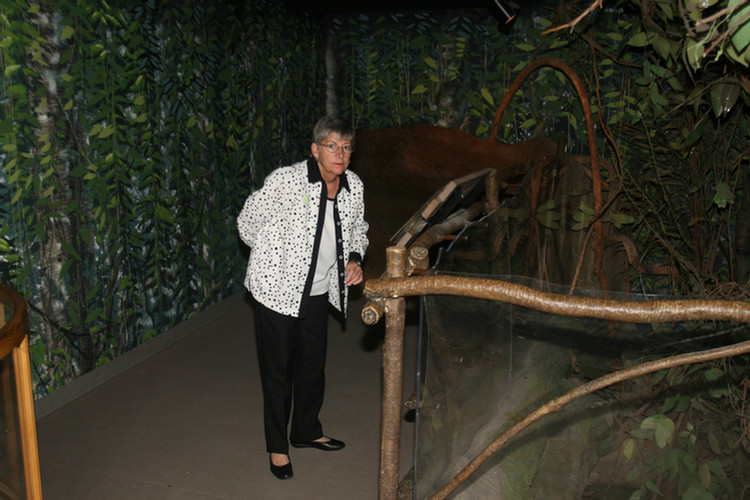
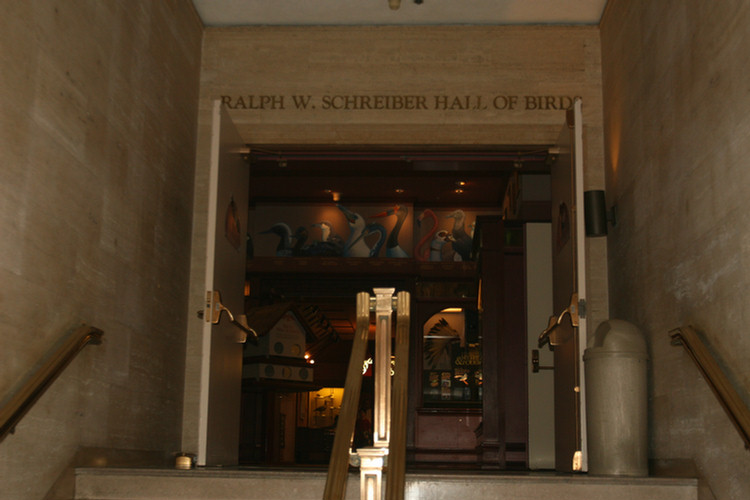
On our way out
Hall Of North American Mammals
Did you know? - The hall’s habitat dioramas, among the finest in the world, recreate the realistic natural environments in which these animals were found over 75 years ago. Showcasing a range of habitats — from desert to rainforest, these thorough recreations include the trees, plants and birds that lived alongside the featured animals. Sadly, due to human encroachment, many of these animals are extremely rare and their original environments no longer exist..
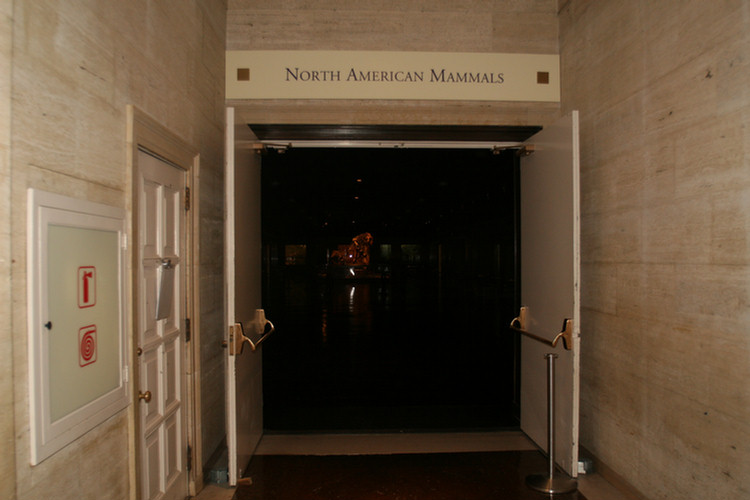
It was dark inside the hall





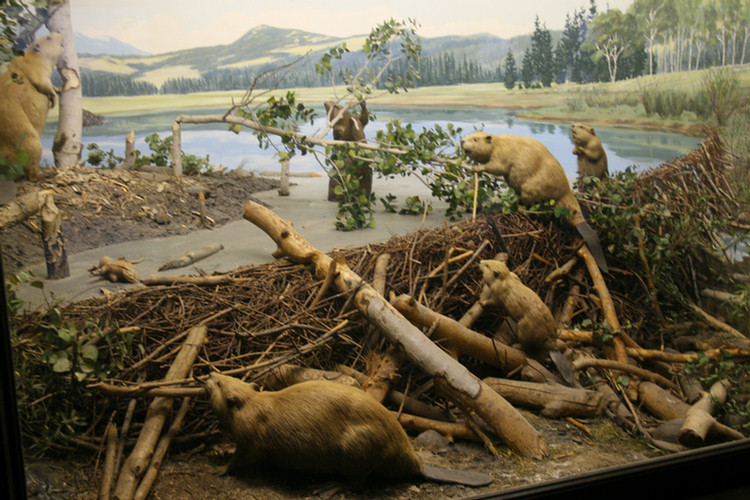

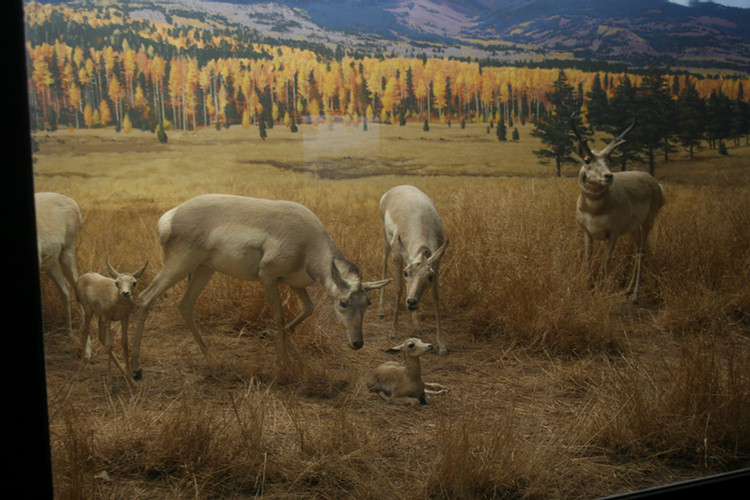
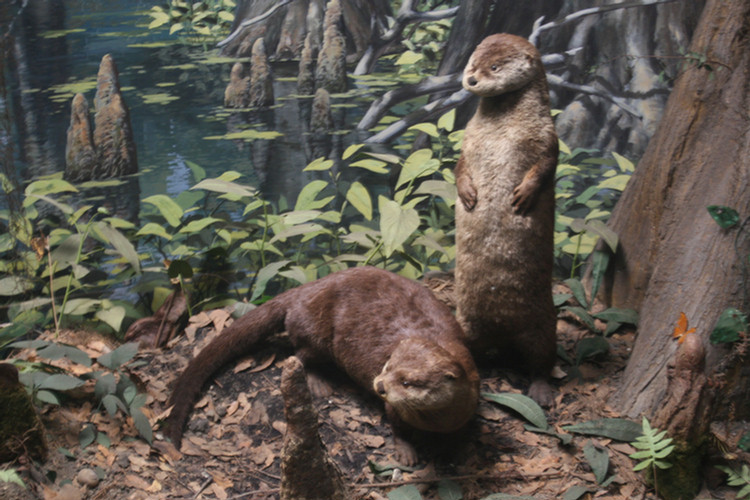
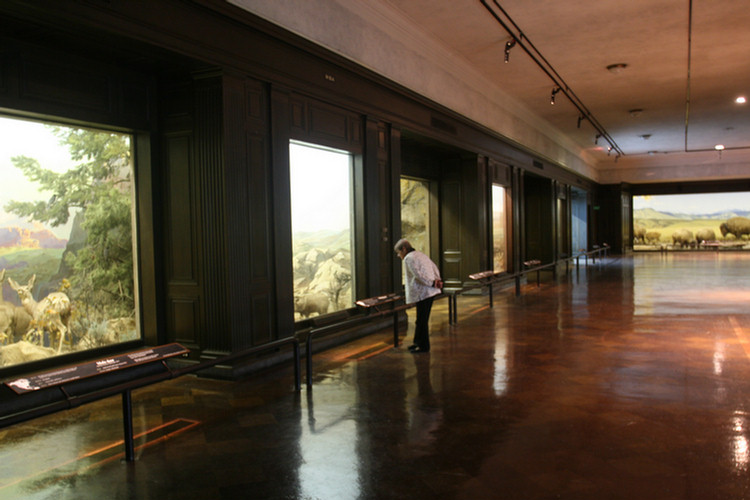
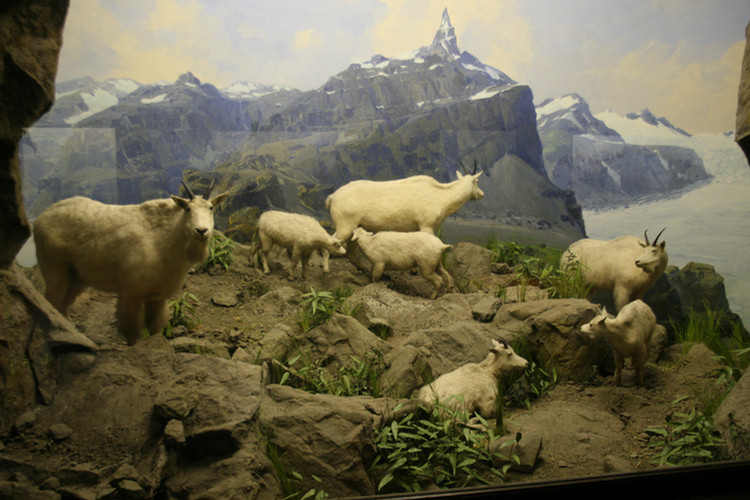
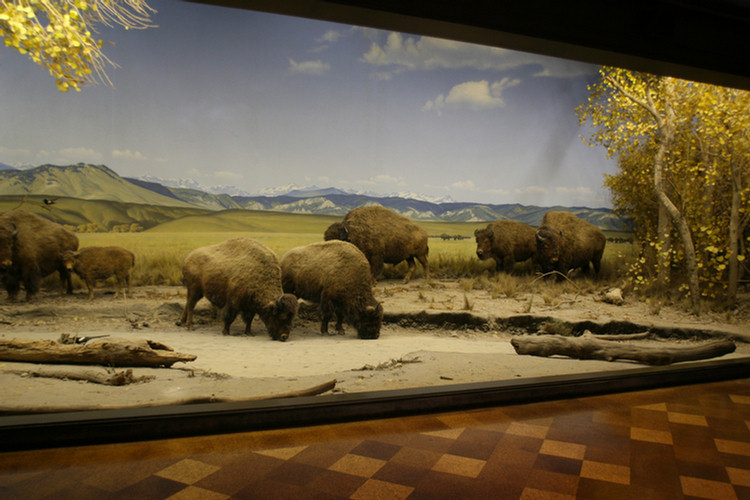
Did you know? - The plains bison (Bison bison bison) is one of two subspecies of the American bison. The wood bison (Bison bison athabascae) is a distinct northern subspecies of the North American bison. Plains bison have been introduced into a number of locations around North America. The furthest north introduction occurred in 1928 when the Alaska Game Commission brought bison to the area of present day Delta Junction. Bison taken from this transplant were also introduced to other Alaska locations, including Farewell and Chitina. The Delta Junction herd has fared best, with a population of multiple hundreds throughout the late 20th century. This herd is popular with hunters interested in hundreds of pounds of high quality meat, but has been a problem for farming operations in the area.
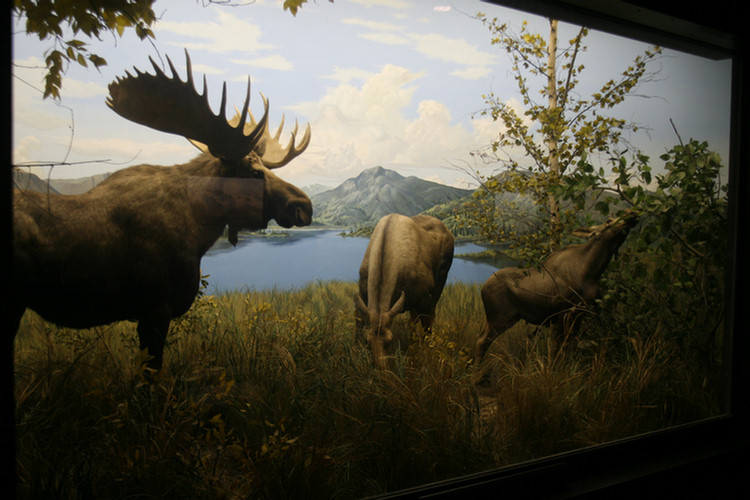
Gallery Of American History
The U.S. History Hall explores the drastic changes in American society between 1965 and 1914, when in a single lifetime an agrarian society changed into a modern urban culture. The advances in technology in the field of communication and transportation are demonstrated in the exhibits on inventions; the telegraph, telephone, automobile, electric trolley, airplane, and the improvements in railroads. The machinery that revolutionized farming, the lumber industry, and the rise of the conservation movement are also highlighted. A platform displays the labor saving devices for the home of the 1890's and early 20th century.
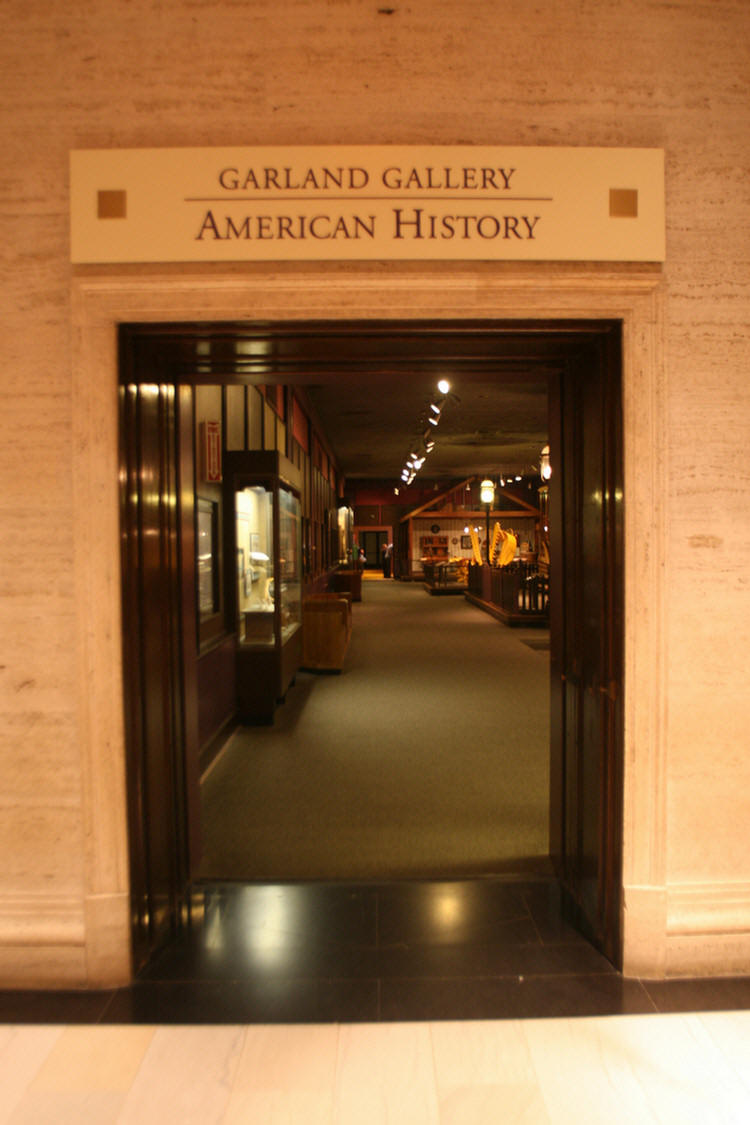
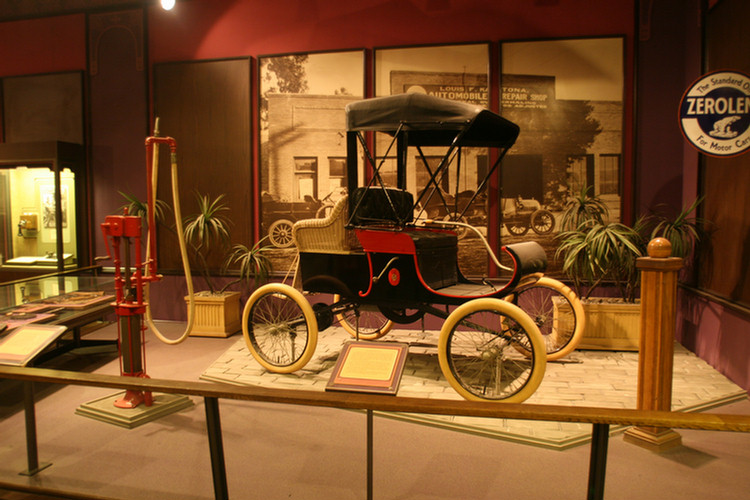

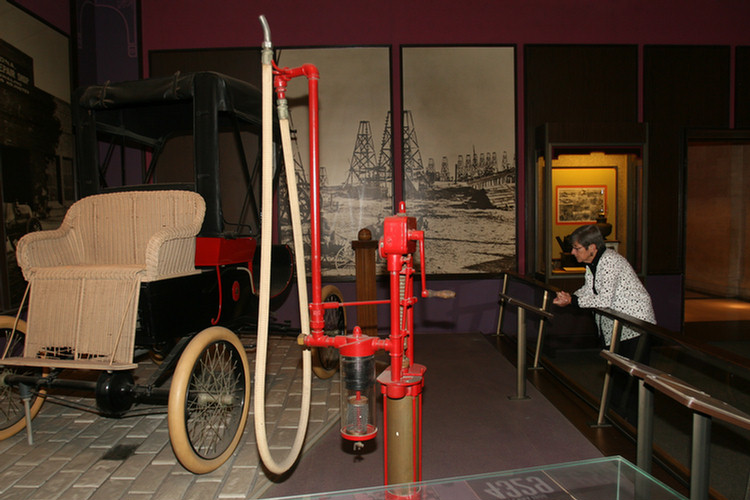
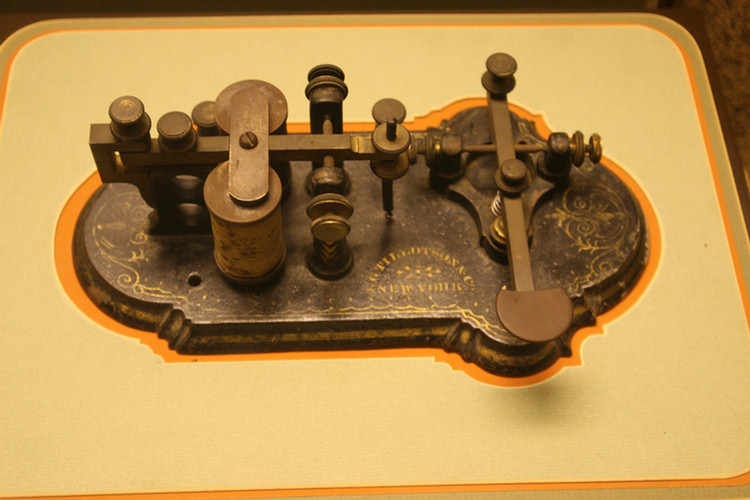
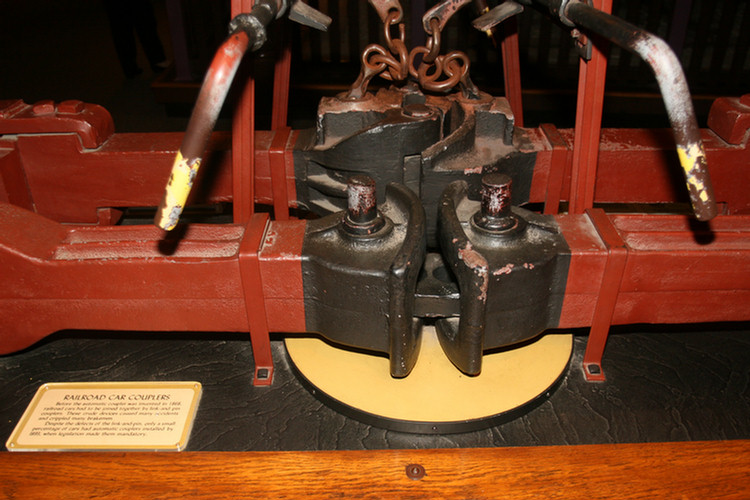
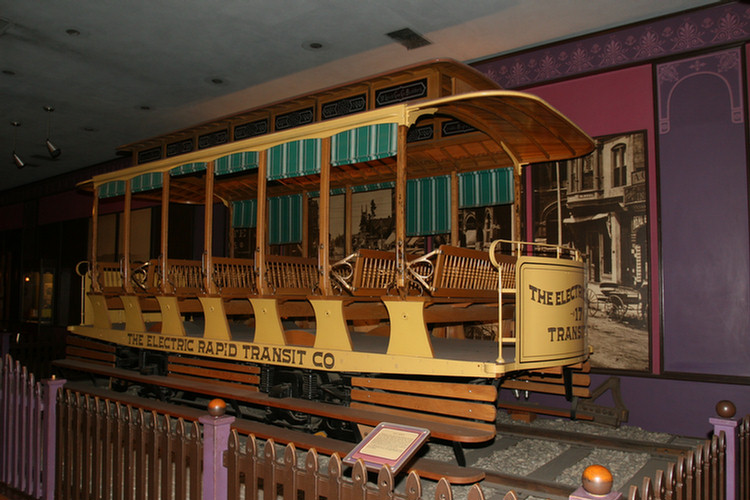
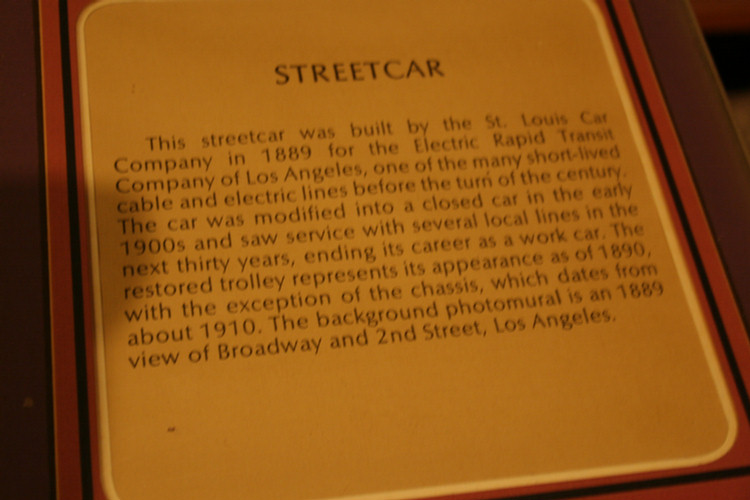

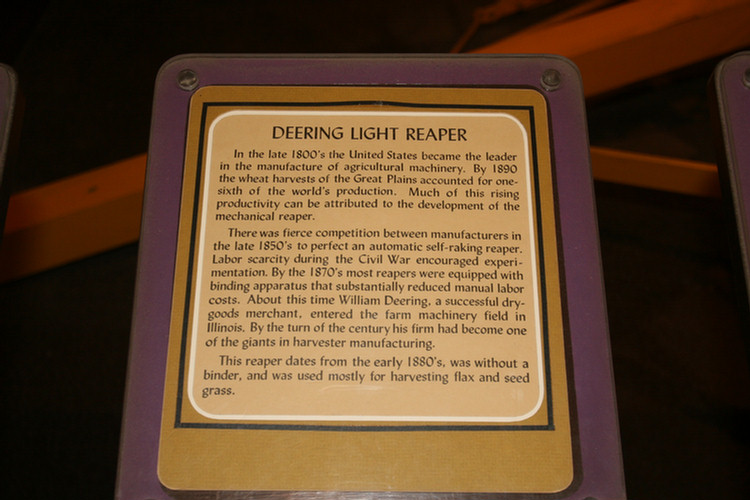
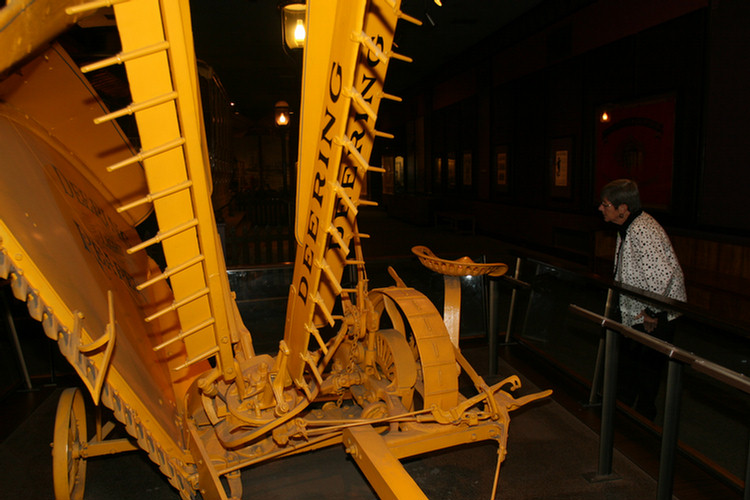
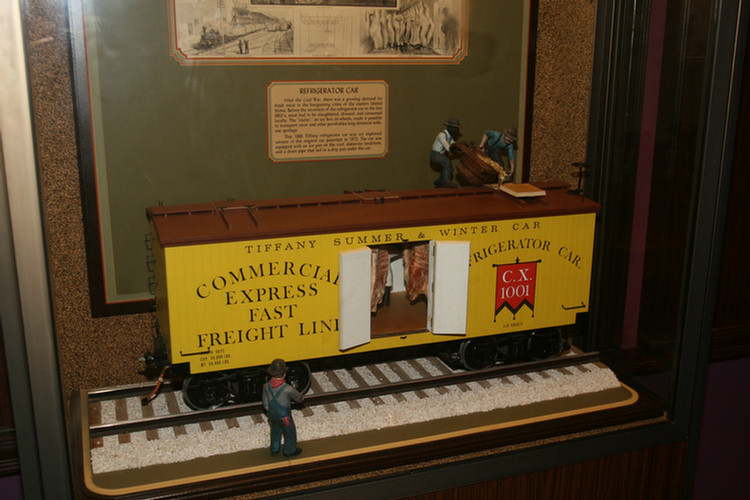
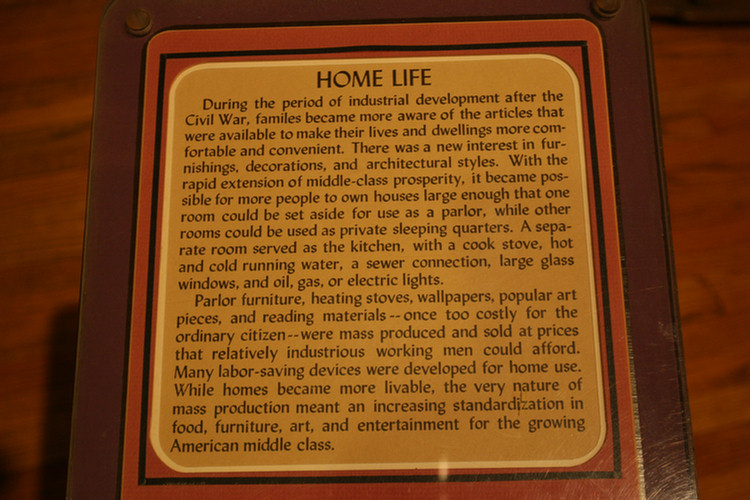

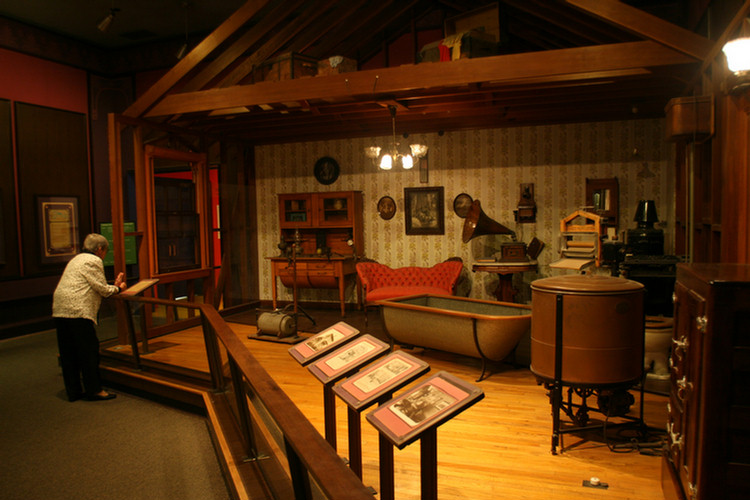

Did you know? - In 1905 "Griffith's Improved Vacuum Apparatus for Removing Dust from Carpets" was another manually operated cleaner, patented by Walter Griffiths Manufacturer, Birmingham, England. It was portable, easy to store, and powered by "any one person (such as the ordinary domestic servant)", who would have the task of compressing a bellows-like contraption to suck up dust through a removable, flexible pipe, to which a variety of shaped nozzles could be attached. This was arguably the first domestic vacuum-cleaning device to resemble the modern vacuum cleaner.
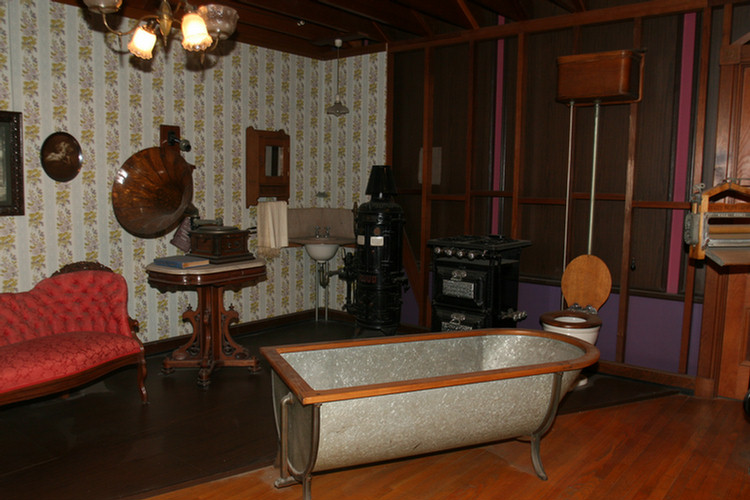
Did you know? - In 1883, Standard Sanitary Manufacturing Company and Kohler Company began producing cast-iron bathtubs. Far from the ornate feet and luxury most associated with clawfoot tubs, an early Kohler example was advertised as a "horse trough/hog scalder, when furnished with four legs will serve as a bathtub." The item's use as hog scalder was considered a more important marketing point than its ability to function as a bathtub. Everyone knew what a hog scalder or horse trough was, but many people at that time had never bathed in a tub. The tubs eventually caught on because of the sanitary and easy-to-clean surfaces that prevent the spread of disease. A few years later, Thomas Twyford created the first valveless toilet constructed from ceramic. Before this time, toilets were normally made from metal and wood. Thomas Crapper would gain fame as the inventor of the modern toilet when he bought the rights to a patent for a "Silent Valveless Water Waste Preventer", but he did not invent the toilet.
The bathing world was rocked by controversy when a completely inaccurate account of bathing and bathtub history was published by H.L. Mencken in 1917. What began as a light attempt at humor ended up being adopted by the public and even reputable publications. While perhaps good reading, Mencken's account of laws prohibiting bathing, and much more, is not true.
The end of World War I resulted in a housing construction boom in the United States and a new conception of the purpose-built modern bathroom. Bathrooms prior to World War I were typically converted bedrooms or spare rooms, not rooms built originally to contain bathroom fixtures. Complete with toilet, sink, and tub, the modern bathroom was a feature of 100% of new homes by the end of the 20th century, whereas only 1% of homes had had bathrooms in 1921.

